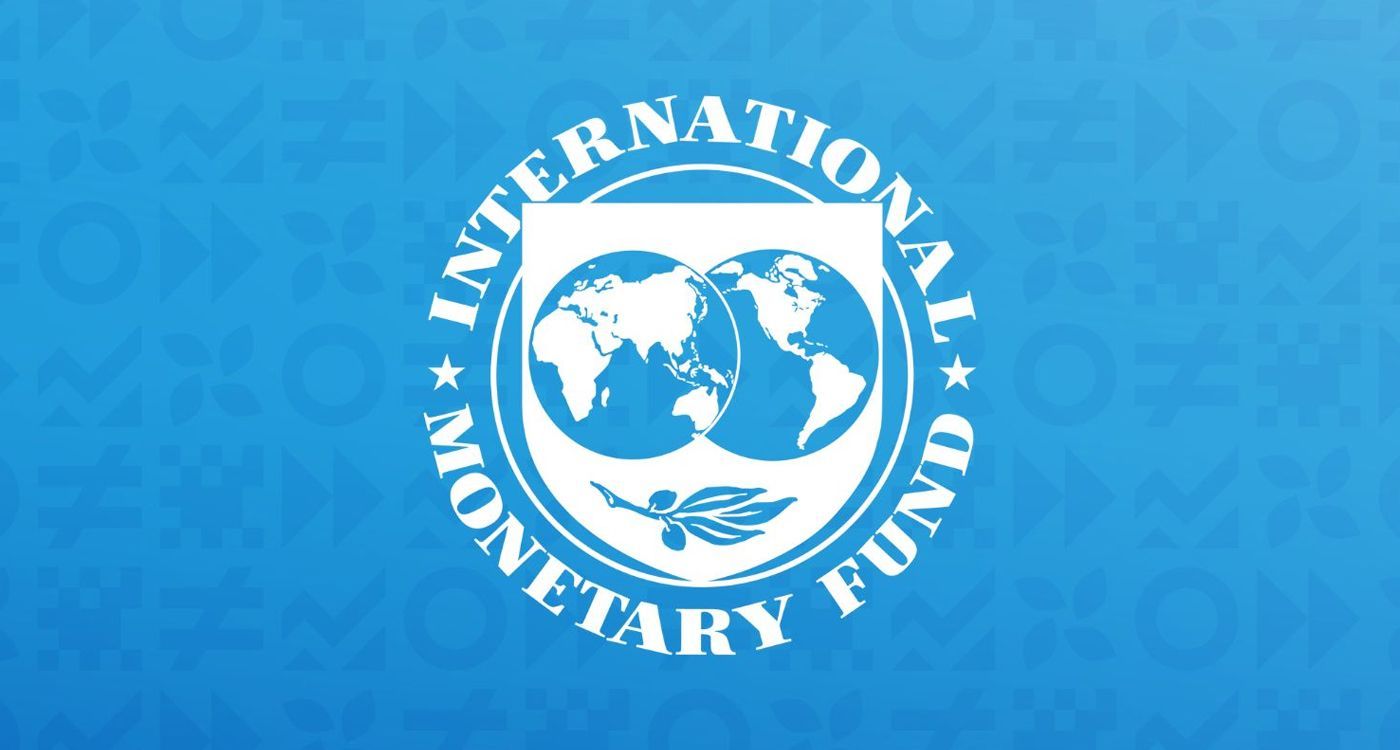
The experiences of many countries with international financial institutions—chief among them the International Monetary Fund (IMF)—show that such partnerships often lead to counterproductive results. Instead of rescuing economies from crisis, the so-called reform programs have deepened structural and financial problems. In many cases, these programs have amounted to temporary solutions that are quickly replaced by similar ones, leaving countries stuck in a cycle of loans and conditions with no real exit. As for what is presented as economic reform, real-world outcomes have shown that, in many cases, it only worsens crises and causes direct harm to the social and economic fabric of the countries involved.
Here are some of the most notable examples of IMF program failures in various countries:
Mexico:
In the early 1980s, Mexico faced a severe crisis due to a sharp drop in global oil prices. It turned to the IMF, which offered what became known as the “Baker Plan,” under which Mexico received a $3.4 billion loan. However, the results were far from successful. The economy sharply deteriorated, and the United States, through the IMF, gained control of Mexico's public finances. Around $45 billion left the country for the US, and poverty soared, leading to mass emigration.
Argentina:
Since 2001, Argentina has suffered from chronic economic crises, including fiscal deficits, economic contraction and rising poverty. Inflation has exceeded 50%. The IMF has been a consistent partner throughout this period, yet none of its loan programs has yielded positive outcomes. The relationship began in 1999 with the privatization of key sectors such as oil, telecommunications and energy. In 2018, President Macri signed a $57 billion loan agreement with the IMF, of which $44 billion was disbursed. But soon after, Argentina defaulted on its debt. As IMF conditions were implemented, the economy collapsed rapidly, public debt rose from $241 billion to $321 billion (over 90% of GDP in 2019), currency devaluation and capital flight occurred, and harsh austerity measures pushed poverty to 35%.
Somalia:
In 1980, Somalia received a $150 million loan from the IMF to support its economy. However, implementing the fund’s recommendations led to a wide-scale economic collapse, institutional disintegration and a prolonged civil war. Over 40 years later, Somalia remains divided and among the poorest and most dangerous countries in the world.
Sudan:
In 1982, Sudan received a $260 million loan as part of a structural adjustment program. These reforms, however, failed to meet their goals. The country remained burdened with loan repayments and high interest, further worsening its financial crisis.
Jordan:
In August 2016, the IMF approved a $723 million loan to Jordan over three years. This was not the first; several loan programs had been granted since 2012, but none significantly reduced public debt, despite stringent austerity measures. In 2017, the IMF urged the government to broaden the tax base to manage rising debt, sparking mass protests in 2018 over rising prices and reduced government spending.
Egypt:
Egypt is another stark example of failed IMF programs. In November 2016, it signed a $12 billion loan deal amid a multifaceted crisis: budget deficit, declining foreign reserves, mounting debt and currency devaluation. The loan was only activated after Egypt agreed to strict conditions: floating the currency, cutting subsidies, privatizing state assets and raising taxes. Despite fulfilling these conditions, the IMF withheld the fifth tranche until full energy subsidy removal. The result was unprecedented inflation, a steep drop in purchasing power and continued developmental decline. Ironically, Egypt became the IMF’s second-largest borrower globally—over six years after beginning its “reform” program.
Tunisia:
Between 1987 and 2001, Tunisia signed nine loan agreements with the IMF without achieving real growth. Austerity only deepened poverty and unemployment, and public services deteriorated. In 2013, Tunisia received another $1.74 billion loan, with conditions that raised living costs, introduced new taxes and slashed subsidies—triggering protests. In 2016, Tunisia requested a new $2.8 billion loan but only received $320 million before disbursements were frozen due to its failure to meet further conditions, including mass job cuts, bank privatizations and tax increases.
Pakistan:
The IMF has failed to put Pakistan's economy back on track. Despite receiving 23 funding programs, the country has seen little improvement. On March 26, 2025, the IMF announced a preliminary agreement with Pakistan’s government for two new loans totaling $2 billion as part of a previous $7 billion bailout agreed upon in 2023. This marks Pakistan’s 24th IMF agreement since 1958. The new deal comes with strict conditions: increased income taxes, reduced electricity subsidies and tighter monetary policy. Pakistan is now one of the three most heavily indebted countries to the IMF.
Haiti:
Haiti is the country with the most IMF programs in the world—around 30. Many experts consider Haiti’s experience with the IMF as a long and repeated story of failure.
As a financial institution, the IMF imposes conditions in exchange for loans, which may make sense economically. However, the real concern lies in how fully some countries submit to these conditions without serious negotiations to safeguard the interests of their people. Many experts warn that these international institutions are burdening developing nations with unsustainable debt.




Comments